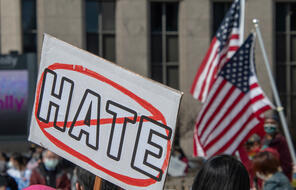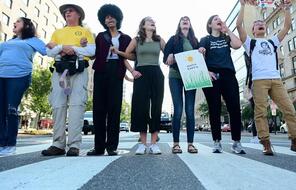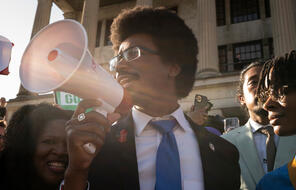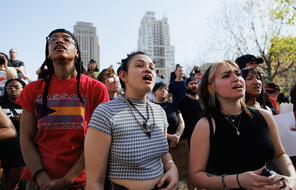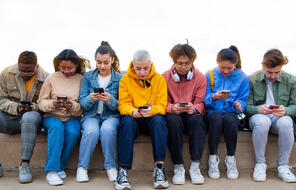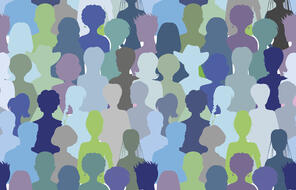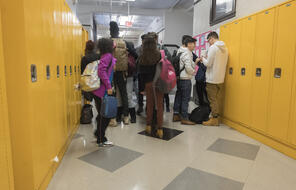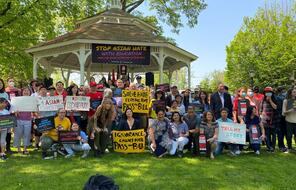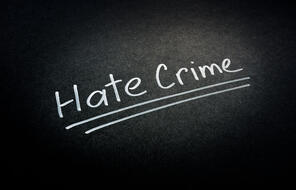A hate crime is a crime that is motivated, at least in part, by bias. At the federal level, hate crimes include crimes that are committed because of the victim’s real or perceived race, color, religion, national origin, sexual orientation, gender, gender identity, or disability. Most states have hate crime laws as well, and the characteristics protected by state laws vary. For example, New York includes age in addition to all the characteristics listed above, while Alabama includes only race, color, national origin, and disability. While collecting information is challenging, the overall number of hate crimes appears to be increasing in the United States.
Some actions that are motivated by hate do not meet the legal definition of a hate crime, but these acts of hate are still harmful to victims. For example, hate speech includes words or symbols that are intended to degrade, humiliate, or spread hatred against an individual or group of people because of their characteristics or identity. Because speech is protected by the US Constitution unless it causes immediate danger, most hate speech is legal. However, even when it is allowed by the law, it can still harm those it targets and make it more likely that people will commit hate crimes.
Nearly two-thirds of hate crime assaults are committed by people under the age of 25. While most people who commit hate crimes are not members of hate groups, they are often influenced by the hateful ideas these groups spread.
The researchers Jack McDevitt, Jack Levin, Jim Nolan, and Susan Bennett divide hate crimes into four different types depending on what motivates the people who commit them. Hate crimes sometimes fall under more than one of these categories. The following is a description of the categories the researchers developed.
Type 1: The most common type of hate crime is committed by a group of perpetrators, often teens or young adults, who are seeking excitement and to feel momentarily powerful. They select victims from a different identity group that they believe are vulnerable. According to the researchers, this type of hate crime can involve the following people:
- A “leader” who instigates the crime and may demonstrate more bias than other group members
- A “fellow traveler” who participates in the crime
- An “unwilling participant” who does not actively participate in the crime but does not attempt to stop it
- A “hero” who attempts to stand up against the crime and stop it
Type 2: The perpetrators of this type of hate crime believe that the victim is invading “their” space or taking resources that should be reserved for their own identity group. The perpetrators may be influenced by conspiracy theories or hate speech, and they are often teens or young adults.
Type 3: The perpetrators of this type of hate crime believe that a hate crime was committed against their own identity group. They seek out a victim from the group they believe was responsible. The perpetrators may be influenced by conspiracy theories or hate speech, and they are often teens or young adults.
Type 4: This type of hate crime is the least common but most deadly. Perpetrators believe that they are “crusaders” and are deeply committed to their prejudiced beliefs. They seek to eradicate the group they target and often kill multiple people at once. The perpetrator usually commits the crime alone but is often influenced by—or a member of—a hate group. These perpetrators are usually young adults or adults.
Hate crimes can have a devastating impact, not only on survivors of the crimes but also on people who share—or are perceived as sharing—an aspect of their identity with the victim and on the health of communities as a whole. According to the American Civil Liberties Union, a hate crime “is more than an assault on the victim’s physical well-being. It is an assault on the victim’s essential human worth. A person who has been singled out for victimization based on some group characteristic—such as race, religion, or national origin—has, by that very act, been deprived of the right to participate in the life of the community on an equal footing for reasons that have nothing to do with what the victim did but everything to do with who the victim is.”





